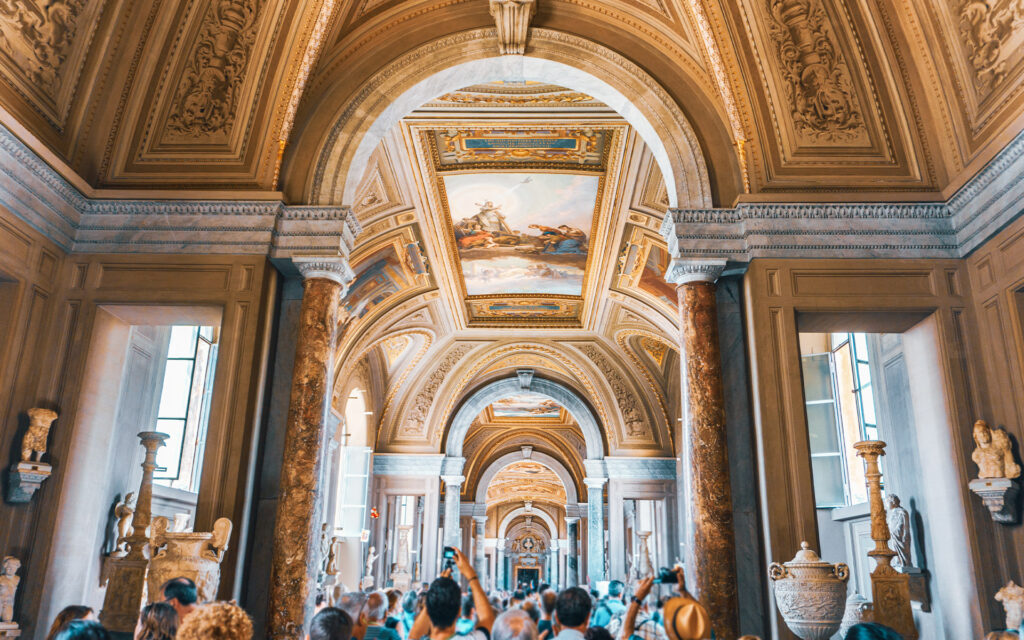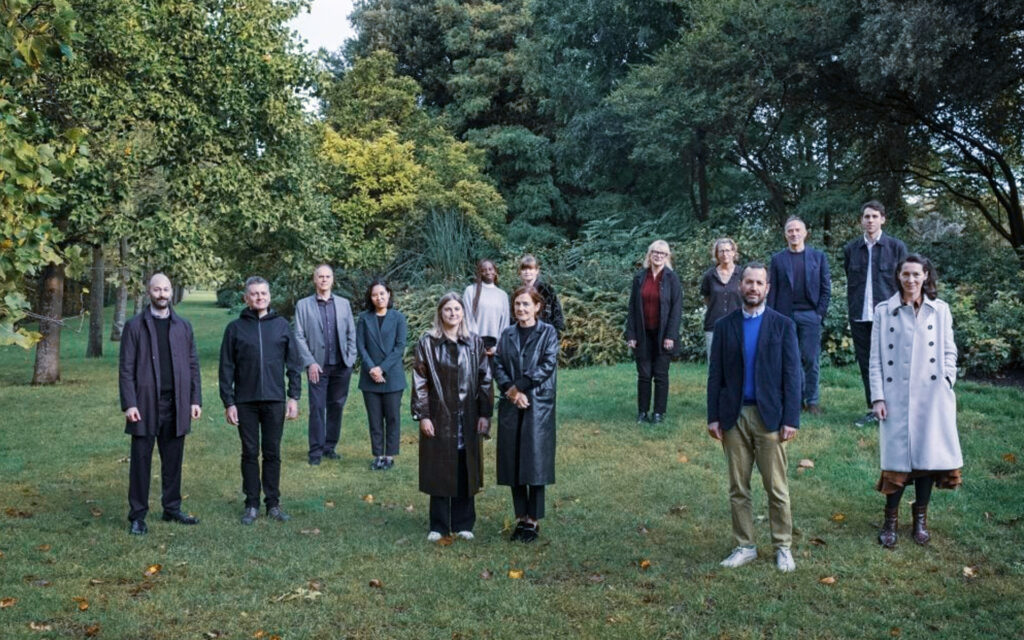Footprint: A signal that one body imprints on another body.
In addition to fingerprints and those of our favorite animals, some identify our carbon dioxide emissions more commonly known as carbon footprints.
With our work rhythms, the constant use of means of transport, and our eating habits we produce a high amount of carbon dioxide.
It is estimated that an Italian produces about 7 tons of carbon dioxide per year. It may be interesting to calculate your personal impact here.
Understanding the amount produced by everyone in different circumstances allows us to transform our behaviors to help the planet and thus combat climate change.
Among the sectors that in a superficial analysis seem less invasive in environmental impact, but in which fortunately we are working efficiently, we find that of art.
Art derives its ecological footprint not only from the materials used but from being a sector that works behind the scenes and is frantically engaged in travel, transport, and organizing events that can make a significant and negative contribution to carbon dioxide emissions.

A specific sector
The art world, sensitive for several years to the issue of sustainability, has a carbon footprint of 70 million tons per year.
Some of the main areas of carbon emissions are transport and air transport and the energy consumption of venues used for exhibitions.
The air transport of works of art from one country to another is certainly more convenient and faster, but it has been calculated that transport by sea would have a lower incidence. In fact, it is estimated that, by transferring much of the transport to this vehicle, the environmental impact could be reduced by 95%.
Even the trips of connoisseurs and art lovers create a considerable expenditure of energy. In some cases, without having to deprive ourselves of the pleasure of visiting exhibitions, galleries, and artistic events, there may be situations in which the use of technology can come to our rescue, for example, in the purchase of works of art or for participation in auctions in which connections can take place virtually.
As far as energy consumption is concerned, the Louvre’s effort is remarkable.

Between 2018 and 2021, the Parisian museum reduced its electricity consumption by 16%, and the consumption of hot and cold water by 28% and 10% respectively.
Many other museums large and small are reducing their consumption from changes in their main locations.
Creative support
In 2020, the Gallery Climate Coalition, a non-profit organization designed to help the art world become more sustainable was born in London.
On the site, there is a free carbon calculator for all GCC members.
By indicating the means of transport used for shipments and the organization and energy you plan to use, the site allows users not only to understand how much the impact is on the environment but also suggests alternative solutions

In addition, the GCC undertook to enlist the support of insurance companies reluctant to enter into agreements for the transport of works of art by sea because it was more risky than air transport.
And the artists? They can also do their part.
Example of sustainable art
Arcangelo Sassolino has succeeded in creating the first carbon-neutral certified work of art.
Molten steel droplets falling into 7 pools of water produce sets of light and sound.

How did he do it? Thanks to his sensitivity and the help of a well-structured team aware of the great importance of creating eco-sustainable works of art.
The question we could ask ourselves is: what mark do we want to leave?





